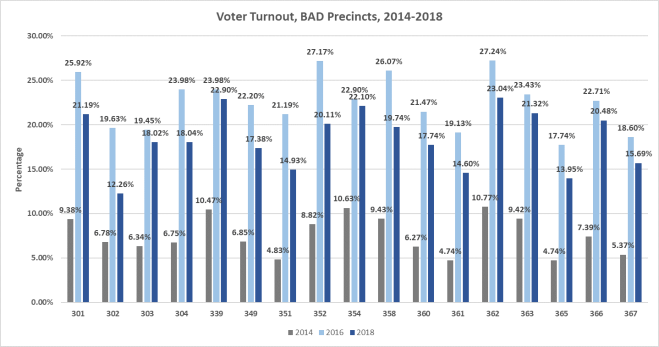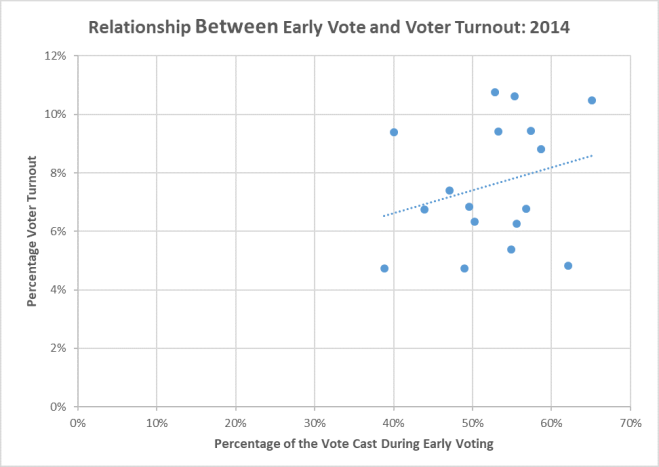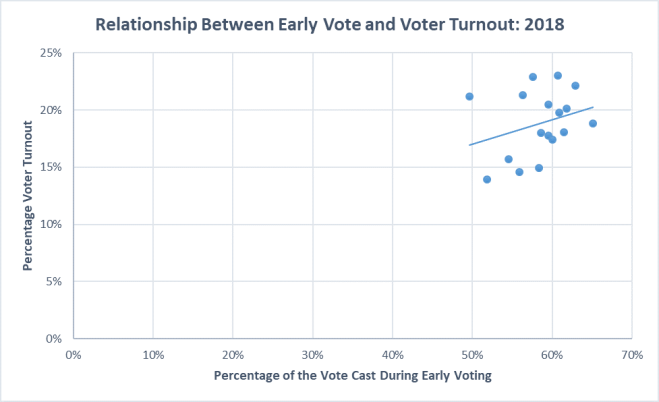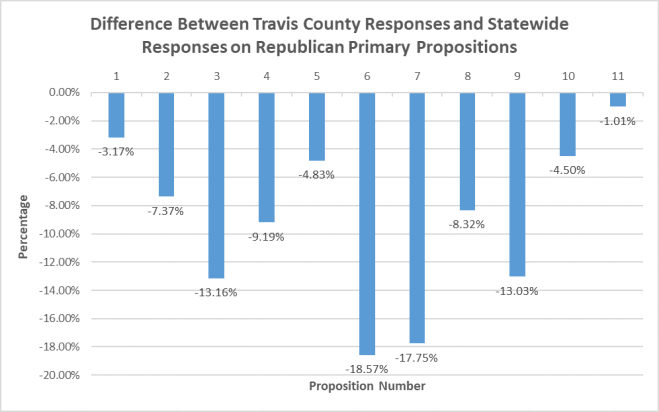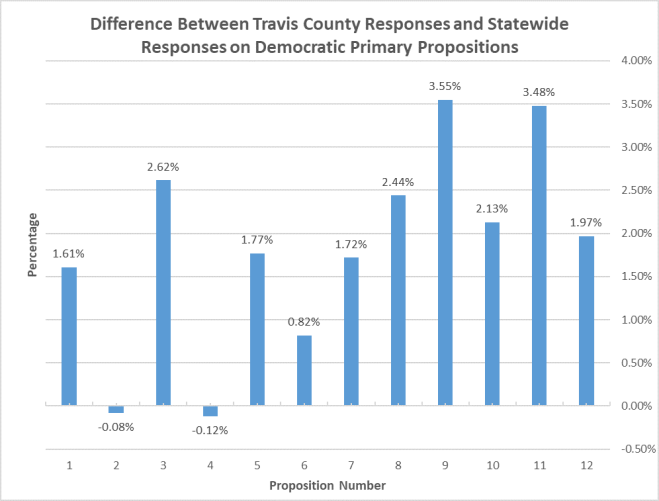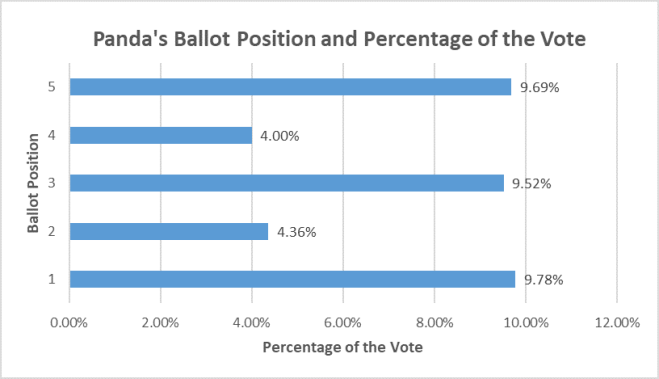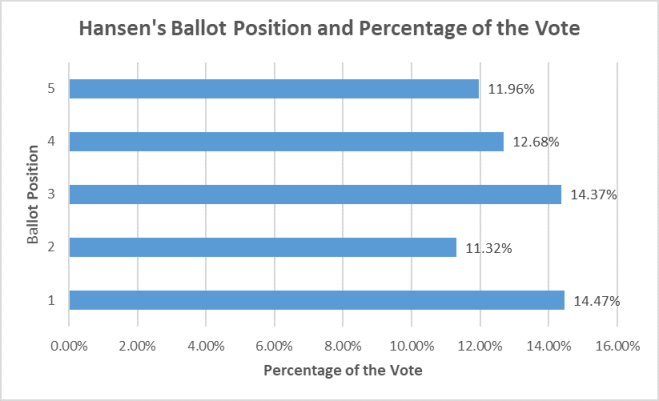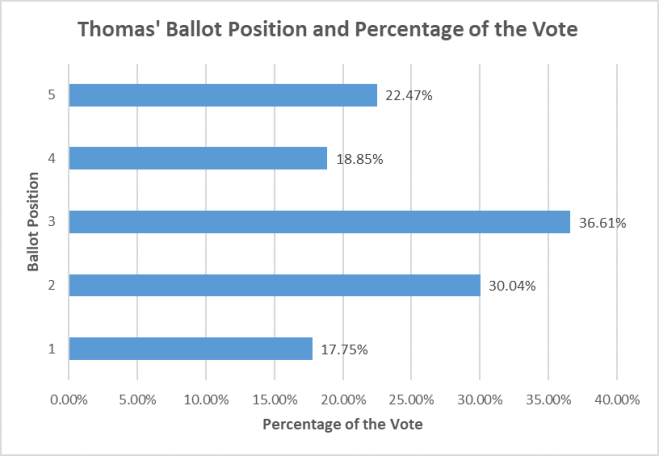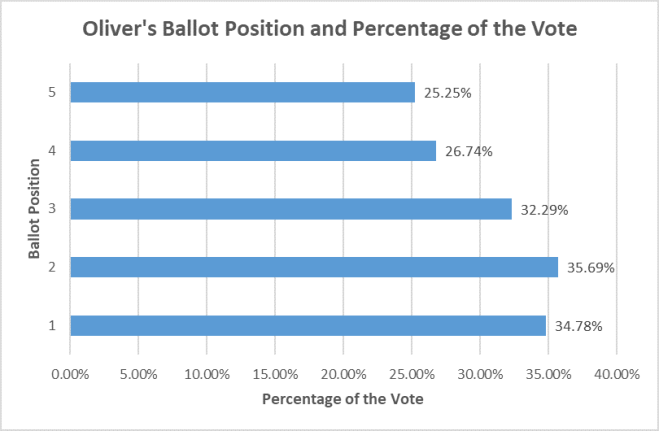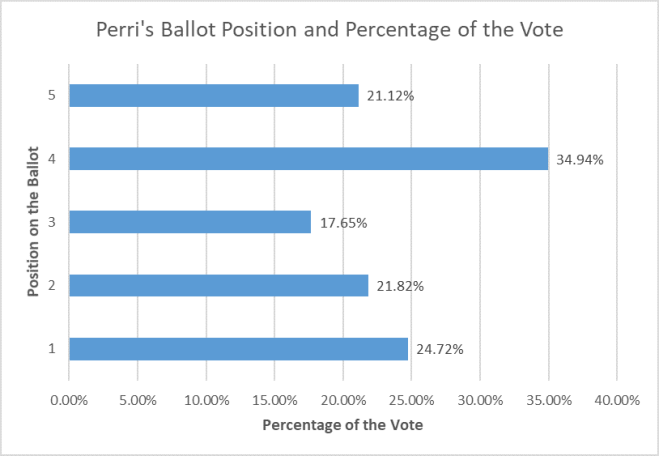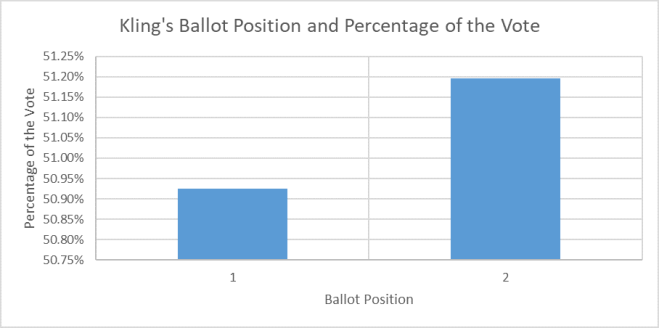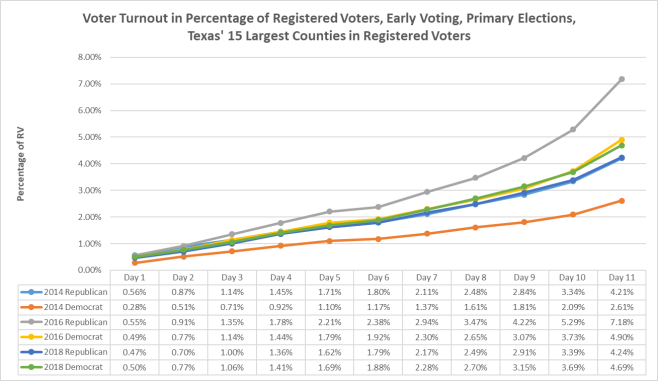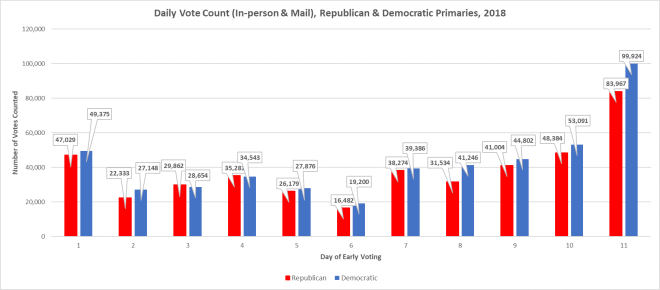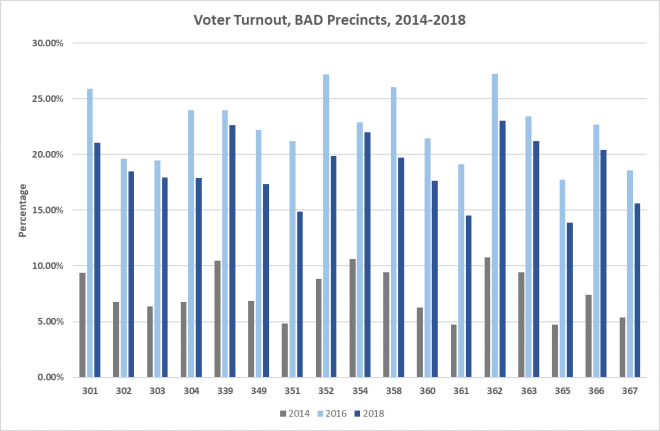Gary A. Keith
It is runoff primary election time—so by all means, get out there and vote!
For those of us who follow the health of democratic cultures, institutions, and practices, though, runoff elections give us ulcers. A chief reason? You DON’T vote!! Turnout is abysmal. So, to repeat—by all means, get out there and vote.
Runoff elections, though, are arguably one of the least democratic procedures if we value universal participation as essential to democratic representation and governance.
Granted, these March and May primaries are not the general election—but they are the vehicles that narrow the choices for November. And, in reality, given one-party dominance in district after district in Texas (or even statewide), the result of the primary nomination battle determines who wins office in November. So, valuing high-level participation in democratic affairs, we would want high turnout in these primary and primary runoff elections.
Instead, we get weak participation in primaries, and then in runoffs—just a trickle. Why do we even have runoffs? Only 9 states have them. In the other 41, whichever candidate wins the most votes in a primary wins the nomination—just as we do in a general election. In 2006, Rick Perry won the gubernatorial general election with 39.0% of the vote. No runoff is mandated for the general election; if there are more than two serious candidates, it is possible for one to win with less than a majority, just as happened then with Perry. Why, then, do we have them for primary elections? The answer is not clear, as we have long had them. But it is noteworthy that nearly all the states that require them are southern states (where turnout is already lower than in other states)—and there is some evidence that they were initiated a century ago to ensure that Anglos would be the nominees, fearing that multiple Anglo candidates would split the Anglo vote and allow a single African-American candidate to win the nomination with a plurality of the vote.
We can predict that in these May runoff primaries there will be a turnout of less than 10 percent, by whichever metric is used to calculate it (see below). Table 1 has the turnout for the March 2018 primary, then the primary turnout for 2014 and 2016 as well as the runoff turnouts in those two previous elections.
TABLE 1 Voter Turnout in Texas primaries 2014, 2016, 2018
| Voting Age Population (VAP) | Registered | Republican Turnout | Democratic Turnout | Republican Runoff Turnout | Democratic Runoff Turnout | |
| 2018 | 19,900,980 | 15,249,541 | 1,549,573 (10.2% VAP/ 7.8% reg.) | 1,068,463 (7.0% VAP/
5.4% reg.) |
? | ? |
| 2016 | 19,307,355 | 14,238,436 | 2,836,488 (19.9% VAP/ 14.7% reg.) | 1,435,895 (10.1% VAP/ 7.4% reg.) | 376,387 (2.6% VAP/ 2.0% reg.) | 186,912 (1.3% VAP/ 1.0% reg.) |
| 2014 | 18,915,297 | 13,601,324 | 1,358,074 (10.0% VAP/ 7.2% reg.) | 560,033 (4.1% VAP/ 3.0% reg.) | 752,780 (5.5% VAP/ 4.0% reg.) | 201,283 (1.5% VAP/ 1.1% reg.) |
| SOURCE: Texas Secretary of State Turnout and Voter Registration Figures. www.sos.state.tx.us/elections/historical/70-92.shtml | ||||||
We can measure voter turnout using one of three metrics: (1) by looking at the voting age population (VAP)—i.e., everyone over 18; (2) by looking at the voting eligible population or VEP (VAP minus those ineligible to vote for lack of citizenship, felon status, etc.); or (3) by looking at those that chose to register to vote. The Secretary of State (SOS) does not have VEP data. So, in using SOS data to examine voter turnout, we can either look at the percent of the voting age population that voted or at the percent of registered voters who voted. For this blog post, we do not need to get into the arguments for one or the other metric. All we need to do is to note the low percentages—and the drop-off from primary to runoff—in either of the metrics.
In the last gubernatorial election year (2014), combining all who voted in either the Republican primary or the Democratic primary, 1.9 million Texans voted. When the runoff was held some weeks later for those races where it was required, just under one million voted, or a drop-off of about 50%.
In the last election, 2016 (a presidential election when voting is always somewhat higher), combining all who voted in either primary, 4.3 million Texans voted. When the runoff was held, just over half a million voted, for a drop-off of nearly 90%.
Some drop-off in runoffs is understandable, as many areas of the state will not have local or regional runoff races (as all those races ended with a majority victor). But in many years there are some statewide runoffs—as in this year’s Democratic gubernatorial race—combined with some local and district runoffs, so every voting district in the state has a runoff ballot.
In the 2018 primaries, a total of 2.6 million Texans voted in the two parties’ primaries. In the runoff elections we are now engaged in, given the 2014 and 2016 data (and that data is consistent with earlier elections, too), there may be something around 1 million Texans who vote and make the final choice of candidates for Governor and for some Congressional, state legislative, and other runoff races. One million out of 20 million in the voting age population. One million out of 15 million who are registered to vote.
There are always unique reasons for turnout in any given election year—candidate quality, campaign spending, media attention, etc. But each time, Texas turnout is low compared to other states (see “Voter Turnout,” www.electproject.org/home/voter-turnout/voter-turnout-data ), and the runoff turnout is even smaller than the small original turnout.
So what?
Again, the lower the turnout, the less the political system meets an essential requirement of a healthy democracy—universal or nearly universal participation. The lower the participation, the easier it is for organized and motivated groups to win control of government, even if not representative of the broad populace. The greater the public disconnect with government.
Texas could redress that deficiency by doing one of two things:
- Abolish the requirement for a runoff election and determine primary nominations just as 41 other states do—the candidate with the highest vote in the primary (with its higher turnout than in a runoff) wins the nomination. Or in other words, use the same counting requirement for the primary that we use for the general election. If a plurality is good enough in November, when it actually counts, why is it not good enough for the earlier primary elections?
- If we are determined to keep a majority requirement for a nomination, change to a different election system that selects a majority candidate without the requirement of a later low-turnout, expensive runoff election.
There are several viable systems for amassing a majority other than a runoff election. They go by different names, with somewhat subtle differences in the mechanics of each. Some of them are:
- Instant Runoff Voting (IRV)
- Ranked Choice Voting
- Range Voting
- Approval Voting
Each of those systems produces a majority victor without the time, expense, and low turnout of the Texas runoff system—and thus comes closer to the democratic ideal of higher (or near universal) participation. Generically speaking, the voter ranks candidates rather than simply selecting one candidate. Then, if no candidate receives a majority of the Number One votes, the votes for Number Two are counted, and perhaps then for Number Three, and added in until a candidate achieves a majority. This happens with pen and paper or computer—rather than another month-long campaign with its expense and the inevitable low turnout in a runoff. The race is determined by the turnout on primary date.
The Center for Voting and Democracy (see www.fairvote.org ) is the biggest advocate for IRV. It notes that more than 2 million voters live in IRV systems now—in places such as Memphis, Oakland, Minneapolis, and now Maine. It is used by five states for their overseas balloting, and it is used in many student elections and corporate board elections.
IRV can minimize the dynamic of the “wasted vote.” The counter is that it would hurt the spoiler candidate’s chances, in favor of the incumbent. Another criticism of the alternative systems is that they can be confusing to voters, who are used to simpler counting systems.
But if we get rid of runoffs—by either simply not requiring them or by using a different system for achieving the majority—then perhaps we could refocus our energies on the issues of improving our primary and general election turnout and seeking other means of tending to the health of our democracy.
Now go vote.


